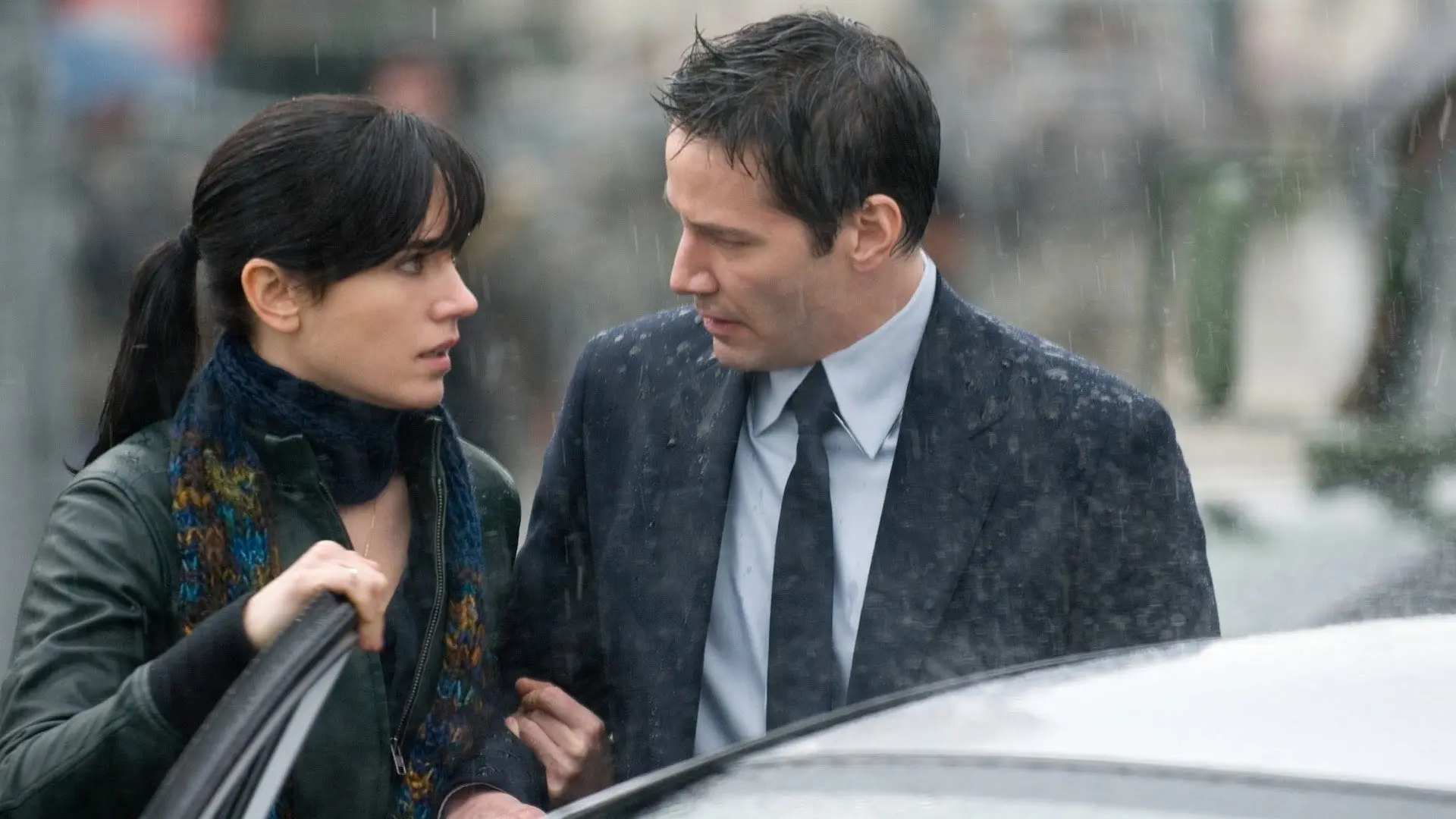In 2008, the remake of the 1951 science fiction classic The Day the Earth Stood Still hit theaters, offering a profound exploration of humanity’s future through the lens of an alien encounter. Directed by Scott Derrickson, the film follows the story of Klaatu, a mysterious alien played by Keanu Reeves, who arrives on Earth with an urgent warning for humanity. As the world struggles to understand and react to this extraterrestrial visit, the film invites viewers to reflect on pressing issues of global significance, particularly environmental destruction and the survival of our species.

The film opens with Klaatu’s arrival in New York City, where his spaceship lands with a message that initially seems ambiguous and threatening. As the story unfolds, Klaatu reveals that he has come to deliver a warning: humanity’s reckless exploitation of the Earth’s resources is pushing the planet toward irreversible destruction. The alien, accompanied by a robot named Gort, symbolizes a force of nature that is indifferent to human existence. Klaatu’s message is clear—if humanity does not change its ways, Earth will no longer be habitable, and the species will be eradicated.
At the heart of the film is a critique of human behavior, particularly our disregard for the environment and our tendency to prioritize short-term gains over long-term sustainability. Klaatu represents a higher moral perspective, one that transcends national boundaries and sees Earth as a fragile, interconnected system. Through his eyes, we see the destructive effects of industrialization, war, and pollution, all of which threaten the survival of our planet.
The character of Klaatu is enigmatic and emotionally distant, a being who is both a savior and a judge. His role in the film is not just to warn humanity but to offer a solution, albeit a harsh one. The alien’s proposed solution to the human crisis—destroying the Earth’s dominant species—brings about moral dilemmas and sparks debates among the film’s human characters. This creates a compelling tension between human emotion and cold logic, pushing audiences to question what they value most: the survival of humanity or the preservation of the Earth.
One of the film’s key moments occurs when Klaatu visits a graveyard, reflecting on human history and the consequences of humanity’s actions. The scene is symbolic of the larger themes of the film—death, decay, and the passage of time. It serves as a stark reminder that the choices we make today will shape the future of our planet and future generations. The film’s somber tone and emotional depth highlight the urgency of the message it conveys, urging viewers to take responsibility for the planet before it’s too late.
Despite its heavy-handed themes, The Day the Earth Stood Still is not merely a doom-and-gloom narrative. It also offers a glimmer of hope. The film ends on a note of possibility, suggesting that change is possible, but only through collective action and a shift in consciousness. Klaatu’s final decision reflects the idea that humanity’s capacity for self-destruction can be tempered by our ability to evolve and adapt.
In conclusion, The Day the Earth Stood Still is a powerful allegory for the environmental and existential crises facing our world today. The film’s message—while wrapped in the guise of an alien invasion—is a plea for humanity to recognize its impact on the planet and to take meaningful action to prevent catastrophe. As we continue to grapple with the consequences of our actions, the film serves as a poignant reminder that the fate of the Earth is in our hands. The time to act is now.





